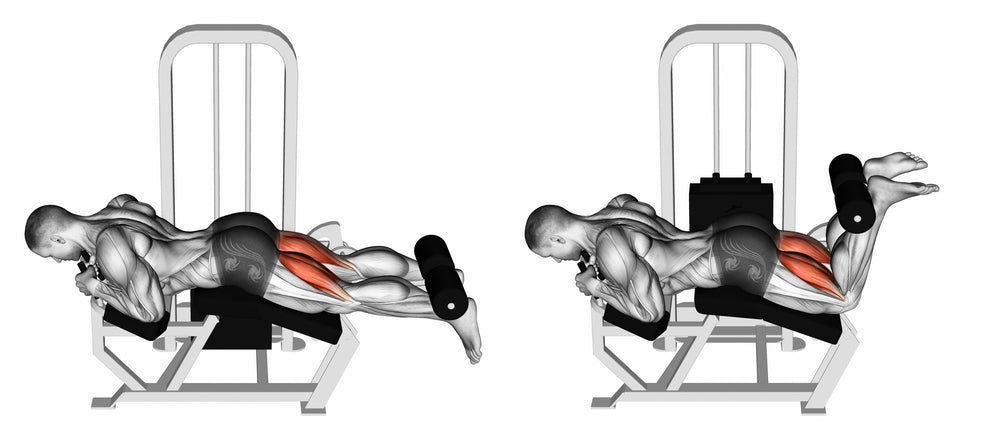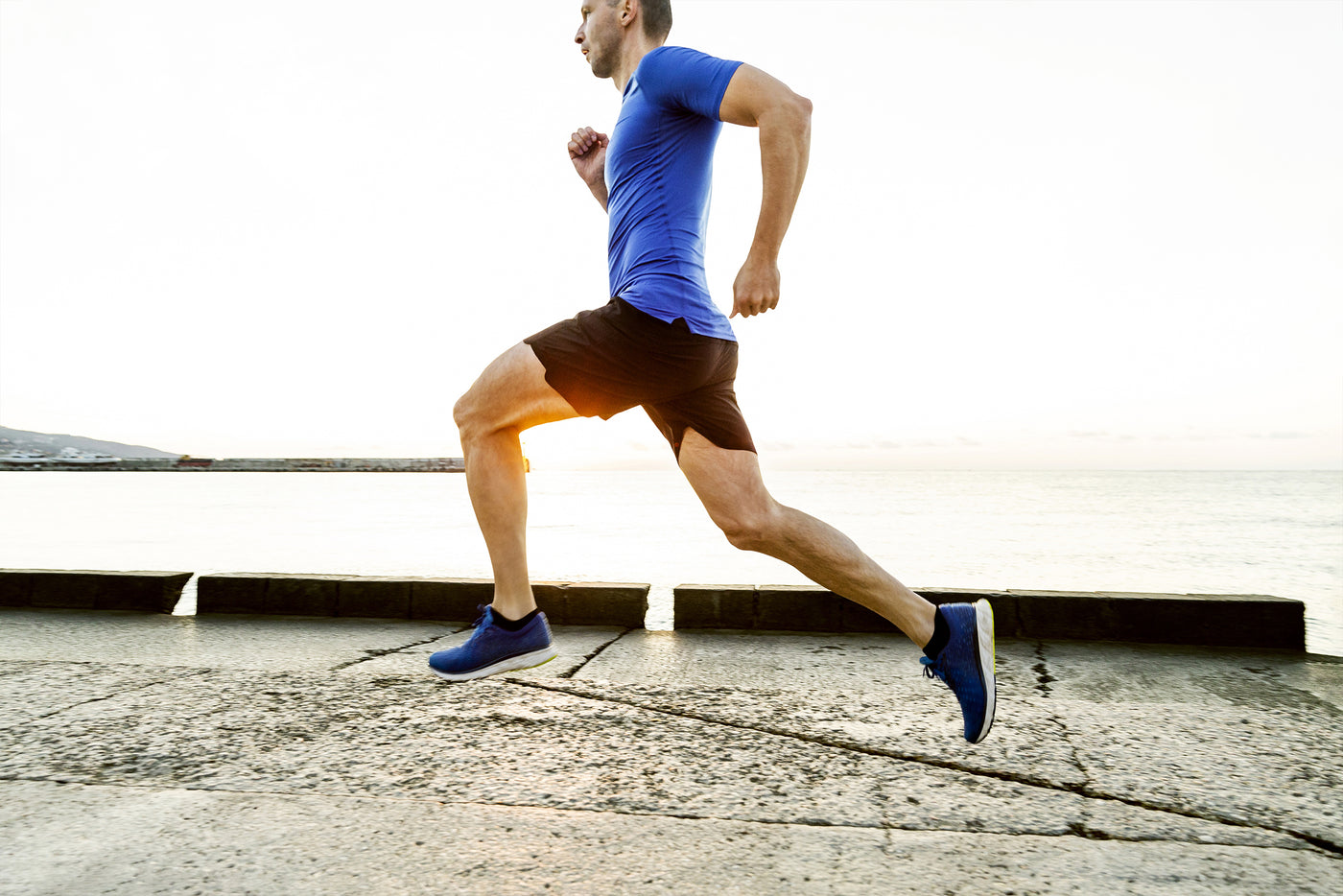Exercise Anatomy
Knee Curl
Knee Curl is a beneficial exercise that targets the hamstrings, the muscles at the back of your thighs. By bending your knees against resistance, this exercise helps build hamstring strength, contributing to improved lower body function and stability. Including Knee Curls in your workout routine can enhance the development of well-rounded leg muscles, offering benefits for both athletic performance and aesthetic goals.

Major Muscles and Actions Involved
During the Knee Curl, the primary joint action is knee flexion, where you bend your knees against resistance. This movement engages the hamstrings, including the biceps femoris, semitendinosus, and semimembranosus muscles. As you perform the exercise, these muscles contract to bring the heels towards the buttocks, contributing to the overall development and strength of the hamstrings.

Sports Uses
The Knee Curl proves to be particularly beneficial for athletes involved in sports that demand strong and functional hamstrings. In activities like sprinting and running, where powerful leg drive is crucial, the Knee Curl enhances hamstring strength, contributing to increased speed and efficiency. Athletes engaged in soccer, football, and basketball, where quick changes in direction are frequent, can benefit from the improved agility and stability provided by well-conditioned hamstrings through Knee Curls. Additionally, individuals participating in sports like cycling, where hamstring strength aids in pedal strokes, find value in incorporating this exercise to enhance performance and reduce the risk of hamstring-related injuries.
Exercise Tips
- Controlled Range of Motion: Execute the Knee Curl with a controlled and deliberate range of motion. Focus on fully flexing your knees, bringing your heels towards your buttocks, and avoid using momentum to ensure effective engagement of the hamstrings.
- Appropriate Weight: Begin with a manageable weight to master the proper technique. Gradually increase the resistance as your strength improves, but prioritize form over heavy weights to prevent strain on the knee joints and lower back.
- Full Contraction: Squeeze your hamstrings at the top of the movement to achieve a full contraction. This enhances muscle activation and contributes to the overall effectiveness of the Knee Curl.
- Variations for Diversity: Explore variations such as single-leg Knee Curls or using different machines to target the hamstrings from various angles. These variations add diversity to your workout routine, promoting well-rounded hamstring development.
- Breathing Coordination: Coordinate your breathing with the movement. Exhale as you flex your knees and lift the weight, and inhale as you return to the starting position. This controlled breathing pattern supports oxygen flow to the muscles, aiding endurance during Knee Curls.
Knee Curl VS Deadlift
Knee Curl Exercise :
- Primary Muscle Targeted: Hamstrings.
- Joint Movement: Involves flexion at the knee joint.
- Equipment: Typically performed using a leg curl machine or stability ball.
- Stabilization: Generally requires less overall stabilization compared to free weight exercises.
- Functional Application: Targets the hamstrings specifically, important for knee flexion and balance.
Deadlift:
- Primary Muscle Targeted: Engages multiple muscle groups, including hamstrings, glutes, lower back, and core.
- Joint Movement: Compound movement involving hip hinge and knee extension.
- Equipment: Can be performed with various equipment, such as barbells, dumbbells, or kettlebells.
- Stabilization: Requires significant stabilization throughout the body due to the involvement of free weights.
- Functional Application: Mimics natural lifting and bending motions, offering a comprehensive full-body workout.
Considerations:
- Muscle Engagement: Knee curls specifically isolate the hamstrings, while deadlifts engage a broader range of muscles.
- Equipment and Accessibility: Knee curls often involve machines, while deadlifts can be adapted to different equipment and settings.
- Complexity: Deadlifts are a more complex movement that requires proper form to prevent injury.
- Functional Benefits: Deadlifts provide a more comprehensive functional benefit by simulating real-world lifting and bending.
In summary, knee curls focus on isolating the hamstrings with less overall complexity, while deadlifts are a compound movement engaging multiple muscle groups and offering a more functional and versatile workout. The choice between the two depends on individual fitness goals, available equipment, and preferences.

Want to Learn More?
Try our premium ebook, Exercise Anatomy and Biomechanics: Ultimate Guide.
Satisfaction guaranteed.
